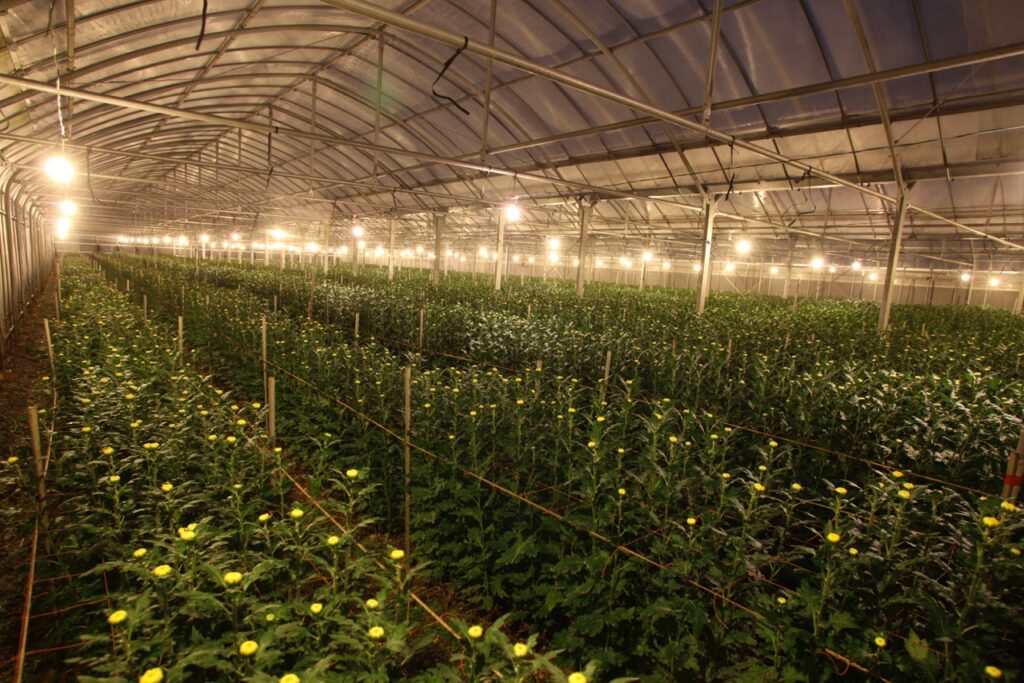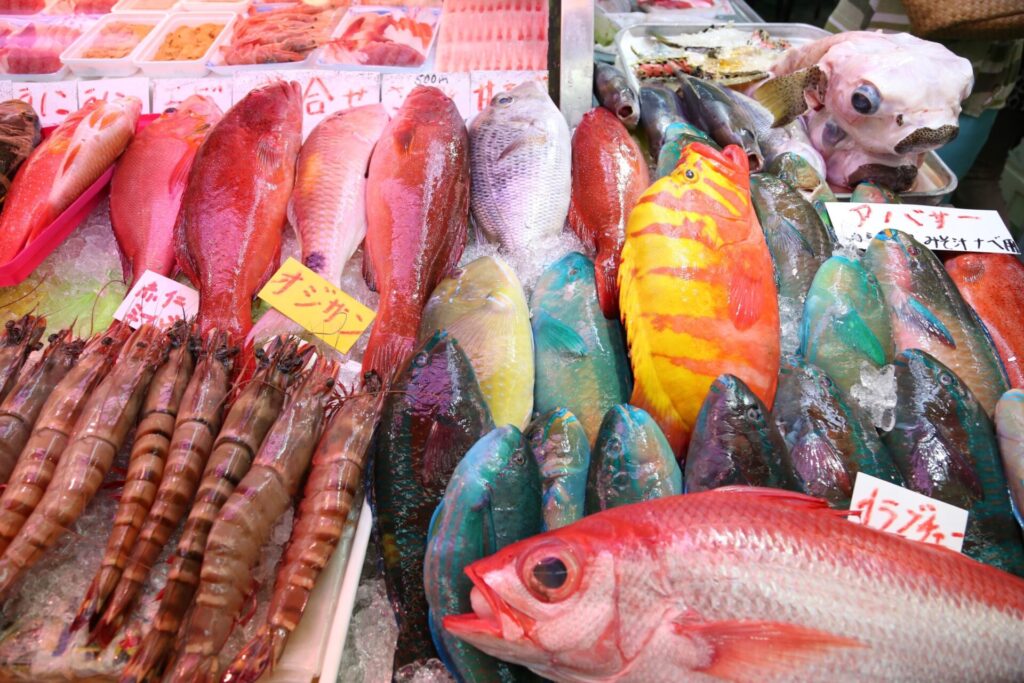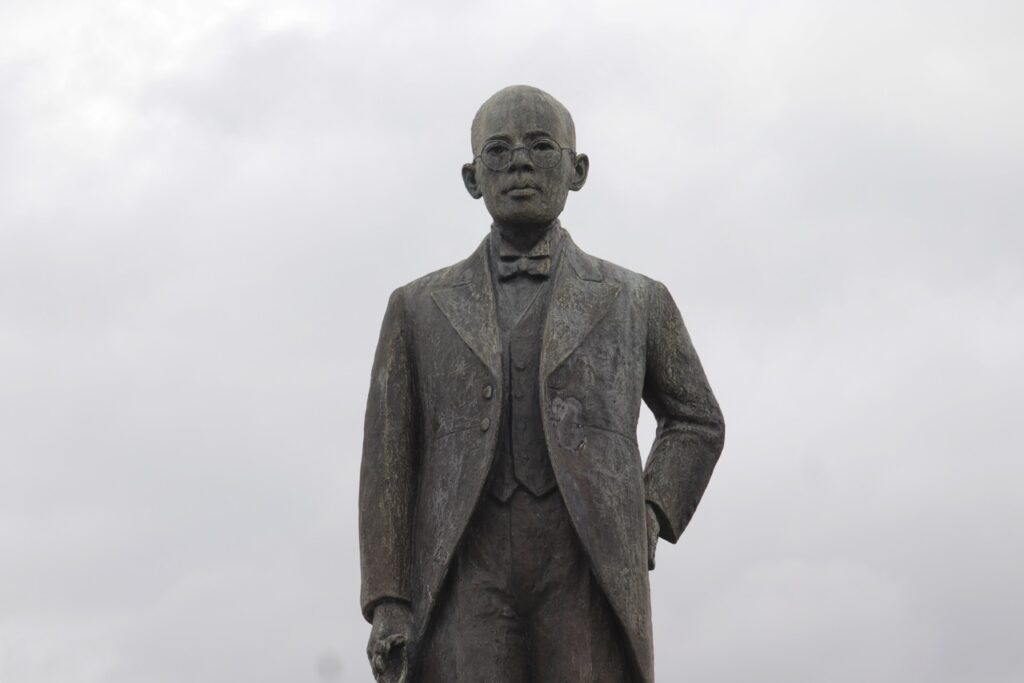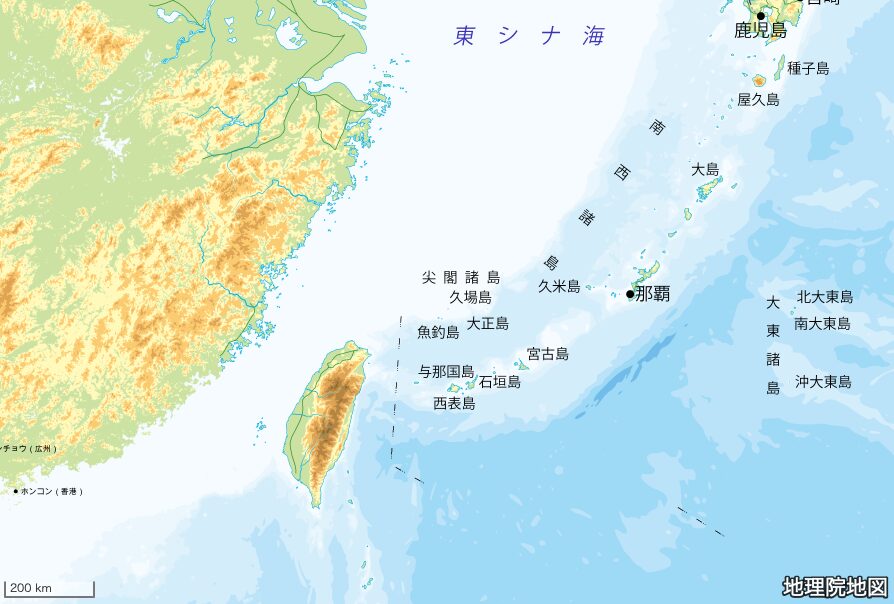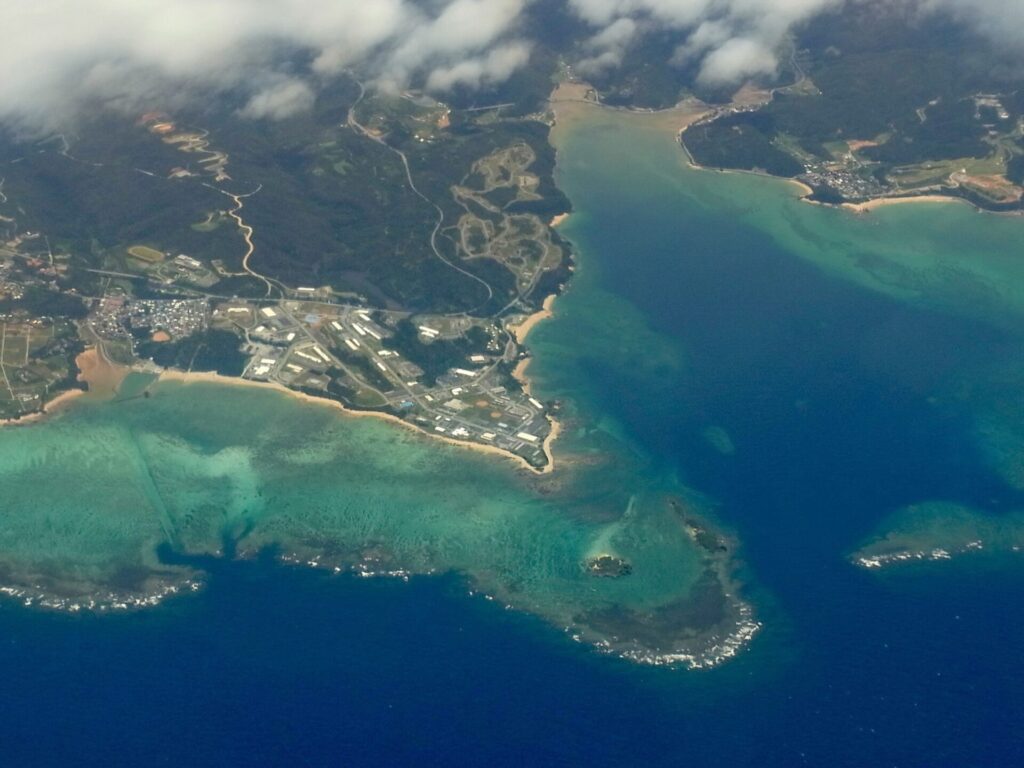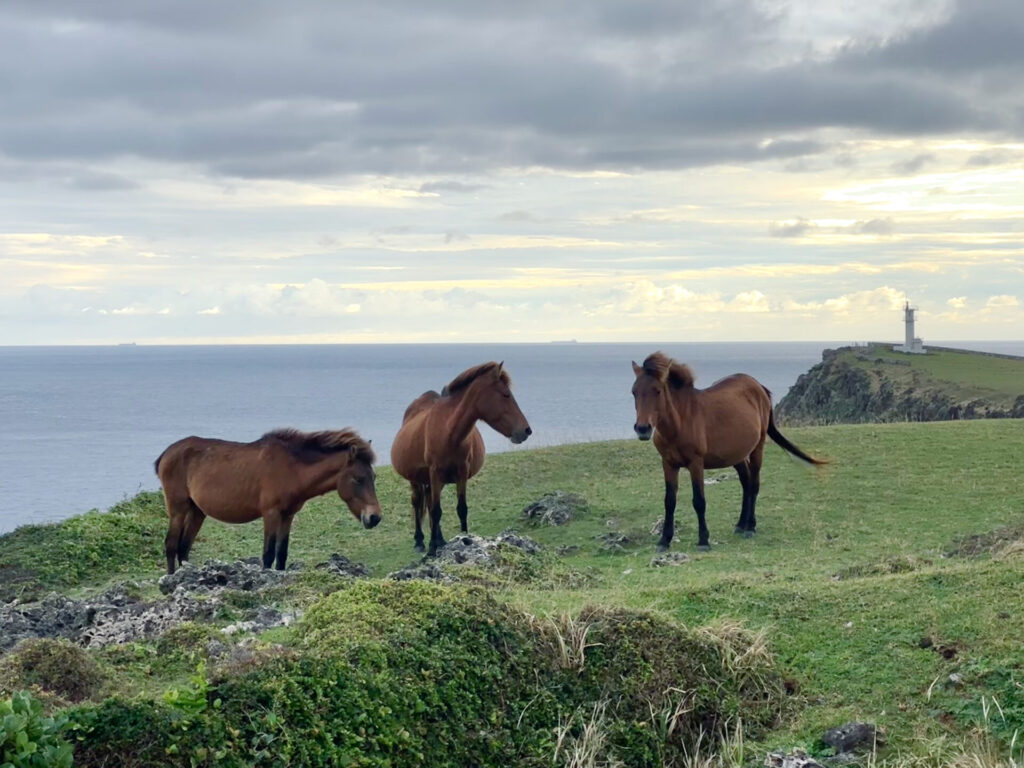Ryukyu Ayu-fish

A while back, ayu-fish different from those of mainland Japan inhabited the rivers of Okinawa. It is a pity that we must premise a while back. They were still confirmed during the 1970s until they disappeared due to developments around 1980. Today, the native Ryukyu ayu-fish only exists in the rivers of Amami Oshima. However, those as well, have lost the state they had a while back. The population has decreased dramatically, and measures are set to prevent their extinction.
Ryukyu ayu-fish: what and how are they different from the species in mainland Japan? Let’s begin with their figure. They are short and thick overall. The number of pectoral fins, the size and number of scales are also different. They are about three to four centimeters long when they migrate upstream, which is about half the size of those of mainland Japan. Next, the character. About 20% of their gene vary with the mainland species and don’t set clear territories. The spawning season is about a month late, from mid-November to late February. They spend little time in the ocean. They seem to have evolved independently for more than a million years.
In 1984, scholars and researchers highlighted the differences compared to the mainland species. In December 1988, Ryukyu ayu-fish were officially approved as a subspecies, and debates on their protection rose all of a sudden. Successive research revealed the differences in genes between an ayu-fish from the river of Sumiyo village—which flows in the Pacific—and ones from the river of Uken village—which leads to the East China Sea—both located on the same Amami Oshima. This fact proved their unique evolutional process over the long period of time they spent in their territory.
Specialists viewed that if they vary within a single island, surely the genes of Okinawan and Amami ayu-fish must vary as well, just like how Okinawa and Amami belong to the same subtropical climate but vary in culture. It might be more genetically appropriate to call the Amami Oshima species amami ayu-fish, than calling them all together as the Ryukyu ayu-fish.
When a subspecies is endangered, the press stirs up, and the public opinion turns its attention. It’s just the usual course. Then, certainly, the question of whether “ayu-fish, or man’s life” was argued. Ryukyu Ayu-Fish Forums were held at Naze City in Amami Oshima in 1990, then at Nago City of Okinawa in 1991, to explore protection measures and means of coexistence.
The administration had attempted to transport and release Amami ayu-fish in Okinawa. In 1991, the Wakayama Inland Fishery Center succeded in artificial fertilization and its hatching. In 1993, eggs were gathered from rivers in Amami Oshima and hatched at the Kagoshima Fish Farming Center. These are the ayu-fish that inhabit Okinawa today.
A while back (that is the third a while back), dried ayu-fish were used for the soup of New Years in Amami Oshima. It was customary to send dried fish to the children living in mainland Japan at the end of the year. In recent times, with the remarkable drop of ayu-fish, signs indicating the closing of the fishing season are put up, instead of the dried ayu-fish. The prohibition is carried out for seven months, from November 1st to May 31st. Kagoshima prefecture1 is taking extra care, by installing fishways or being mindful of river-development constructions. Residents gaze at the ayu-fish so hesitantly, as if to handle it with kid gloves. The more the measures are taken, the more the ayu-fish falls away from humans. The ayu-fish that it was back then, easily caught and eaten when needed, is now gone2.
Editor’s Note:
- Amami Oshima belongs to the Kagoshima prefecture.
- Kagoshima prefecture designated this subspecies as a Critically Endangered and Endangered species. In 2004, an ordinance concerning the protection of rare wild animals and plants of Kagoshima was enforced, completely prohibiting its fishery.
Reference:https://ja.wikipedia.org/wiki/リュウキュウアユ







